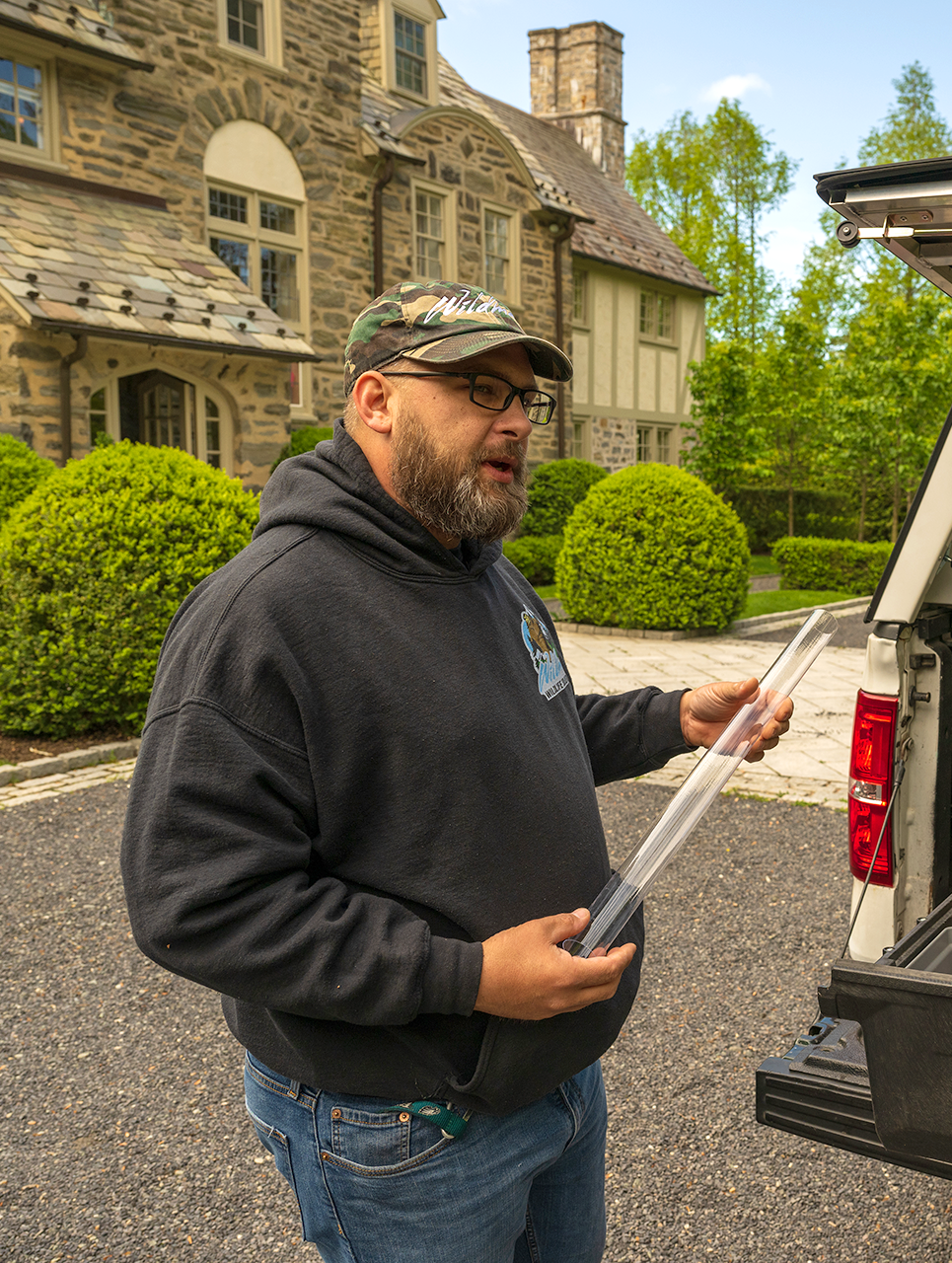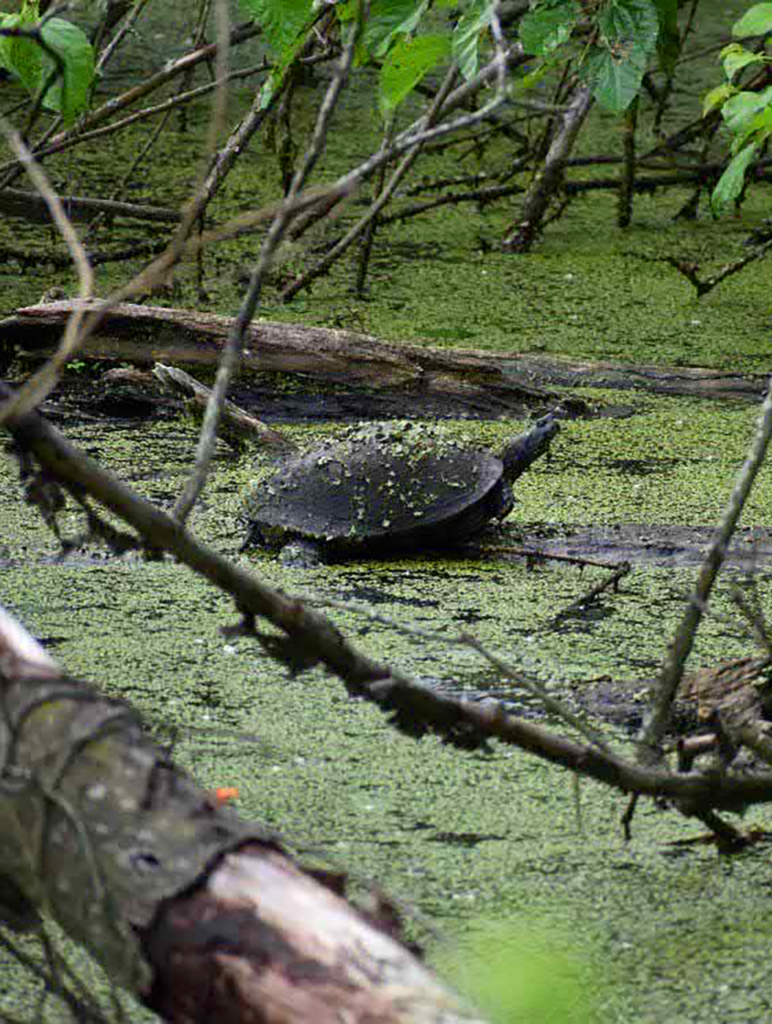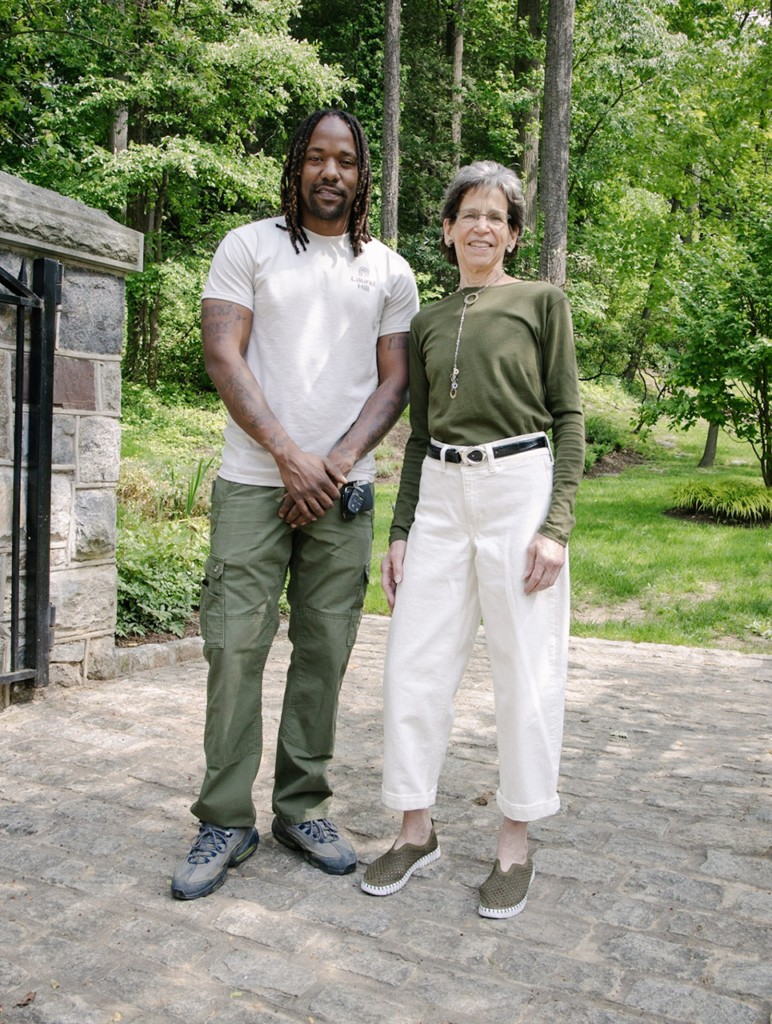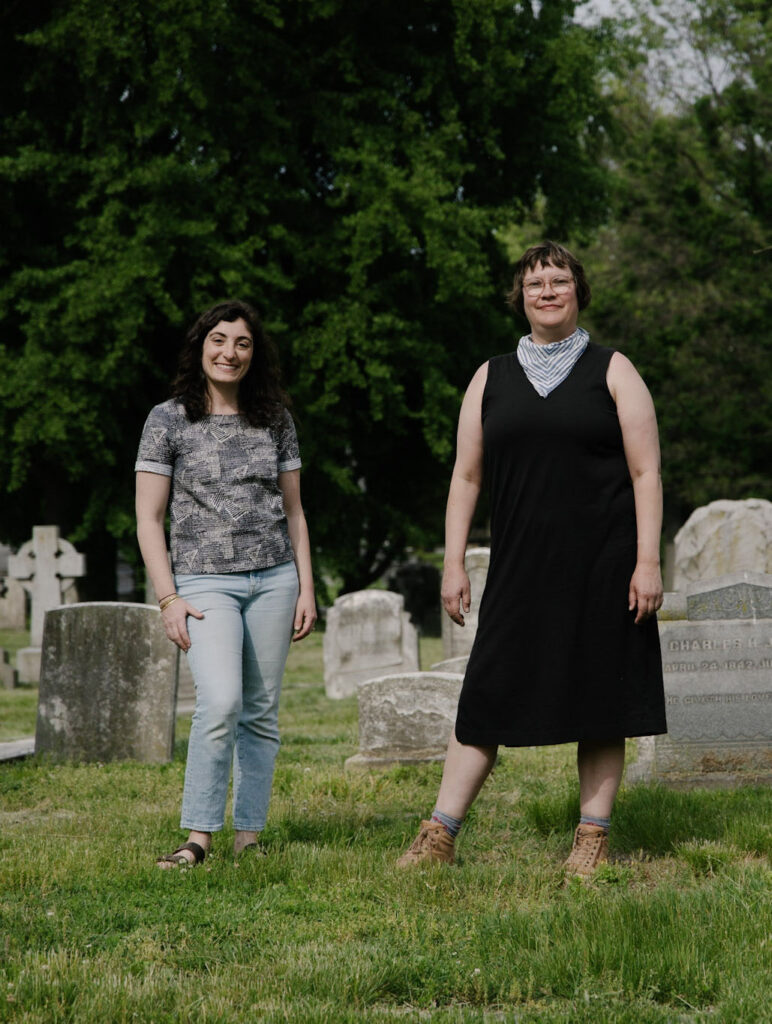Philadelphia is a city of old houses that offer, as anyone who lives in anything from a two-story row house to a grand Victorian knows, plenty of gaps where wildlife can slip in. Bats, flying squirrels and especially gray squirrels and raccoons can end up making a home in old crawl spaces, chimneys and in little cavities you didn’t know were there until you heard something chewing away at the wood and plaster (ask me how I know).
You might be inclined to call animal control, but they focus on cats, dogs and other pet species and deal with wild animals only when one is visibly sick or in the living space of a home. If the animal is causing a problem anywhere else on a property, like in the walls or the roof, licensed wildlife nuisance agencies come to the rescue.
I called up Mark Prusaitis, owner of Wildman Wildlife Solutions, to learn more about how to deal with wild animals causing problems in human homes, and, ultimately, how to be good neighbors. This interview was edited for clarity and length.
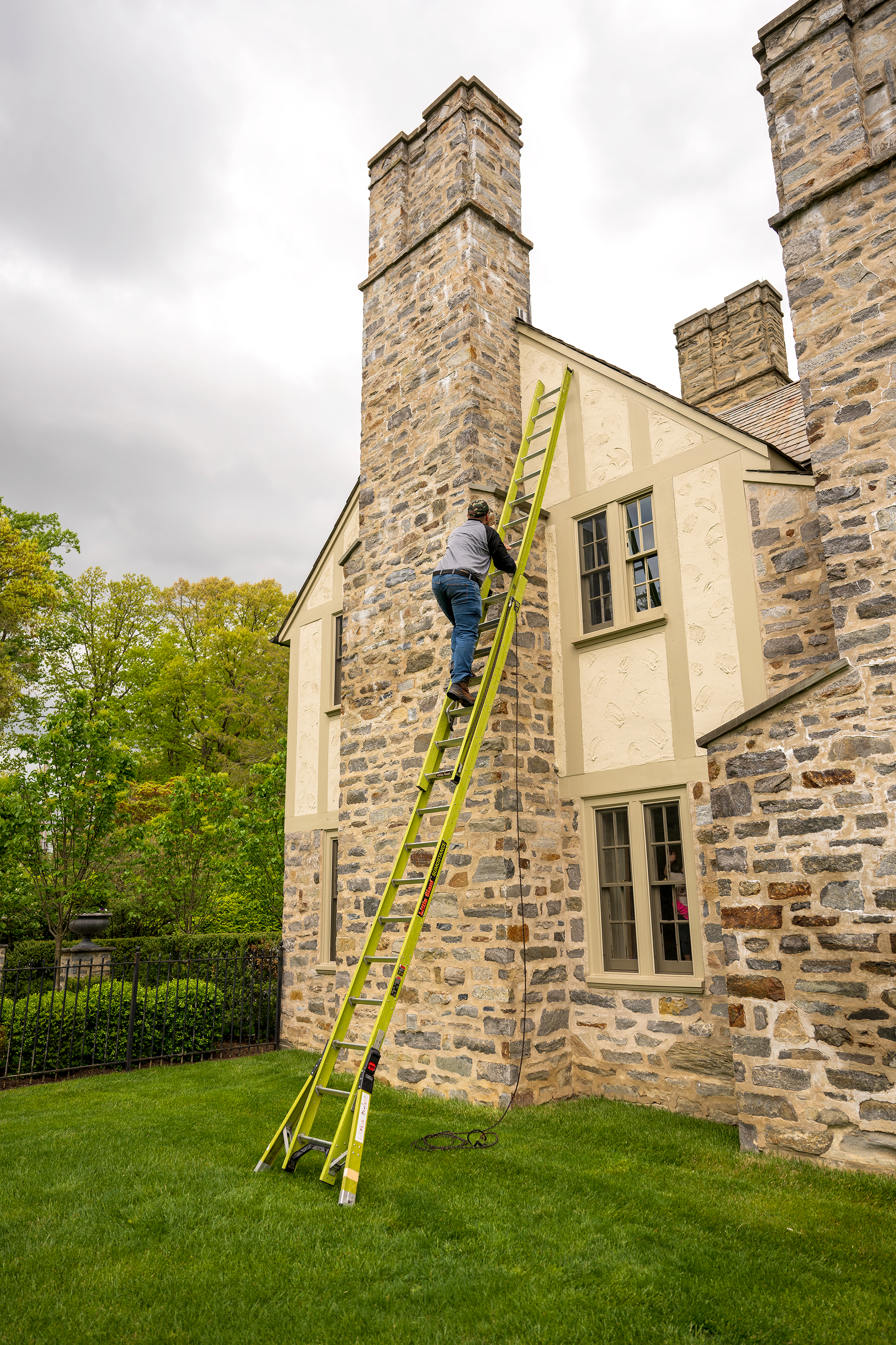
What are the critters you deal with most often? In the Philadelphia area it’s mostly squirrels and raccoons. Squirrels are number one.
As far as raccoons, they’re getting into people’s chimney shafts, but they like row homes with connecting porch roofs and the areas of soffit returns [a horizontal surface connecting the edge of an eave to the exterior wall, sometimes creating a hollow space wildlife can move into] on single homes. Raccoons push into that. A lot of times it will start with one problem, like a bird using a hole. A squirrel comes along and makes the hole a little bigger, and then a raccoon will come along and make the hole even bigger, and then the raccoon will see that dark area and go rip things apart. They’re just looking for a shelter to raise their young.
When an animal gets into your house, all of a sudden you have to take care of all these repairs you’ve been meaning to get to for years.”
— Mark Prusaitis, owner of Wildman Wildlife Solutions
It seems like half your job is home repair. More than that. It’s like 70 percent. We’re problem solvers. Our clients have wildlife conflicts, and our job is to resolve the wildlife conflicts. I don’t go in to catch and kill wildlife and we’re good. I go into the structure to find out why wildlife are attracted to the structure. I get into habitat modification. Wildlife are looking for food, water and shelter. I try to resolve the main thing wildlife are looking for in the structure.
Do you get a lot of calls from people about animals just being there, like someone annoyed that a fox is on their lawn? Sometimes we’ll get calls for issues that are nonissues, like a skunk in your backyard. You could call us and we’ll come the next day and never see it. Skunks are transient. In Pennsylvania unless the wild animal is an actual nuisance to the property owner, we’re not allowed to handle the animal. It has to damage property or pose a risk to residents.
What do you do with the animals that you have to trap? This is why I use exclusion methods, one-way doors [installed to allow an animal to leave but not come back in], etc. because the PA Game Commission rules are that anything that is a rabies vector species has to be euthanized. The only way we could release them would be right on the property. You can imagine after someone pays $2,000 to have the raccoon removed from their property, they don’t want them released right in front of their door. So they have to be euthanized.
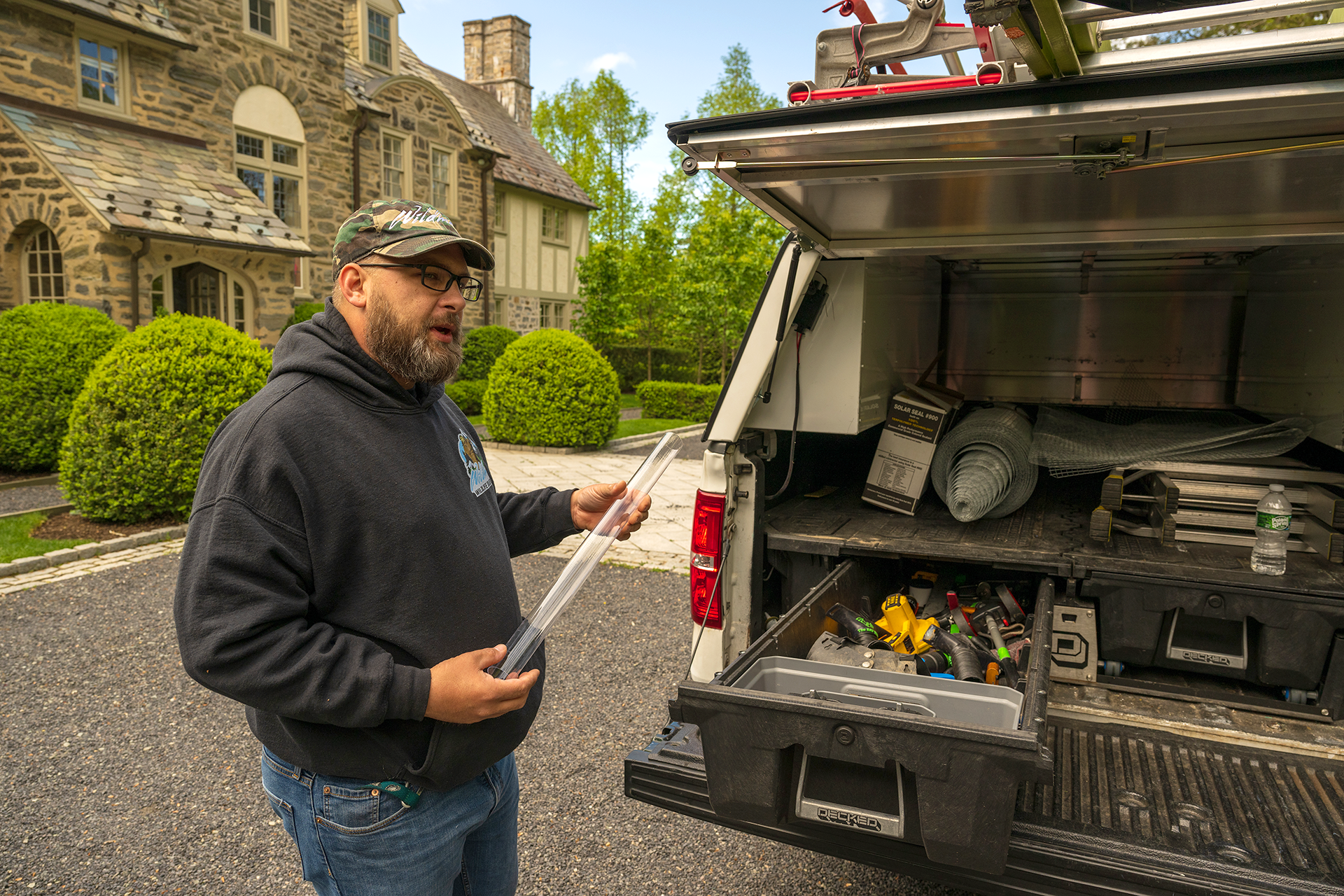
Any animal that is not a vector species we are allowed to relocate, and anywhere we release them has to be gameland [land open to hunting and trapping]. You can’t just go release them in Fairmount Park. That’s why we use one-way doors, so we don’t have to translocate them. The survival rate for translocated squirrels is extremely low.
How much does it usually end up costing to deal with animals in someone’s roof or walls? Usually it ends up being about $1,500 for an exclusion, depending on the amount of work that needs to be done.
We specialize in doing custom metal fabrication. A lot of areas of row houses have exposed wood, and we cap those areas with metal to have a permanent solution. We modify homes so they’re animal proof. We’re doing vent covers, covering exposed wood. You’ve got to get up on the roof. We install chimney caps. It ends up being a lot of work, and it’s dangerous work.
It’s definitely an expensive service, and it’s unexpected. When an animal gets into your house, all of a sudden you have to take care of all these repairs you’ve been meaning to get to for years.


